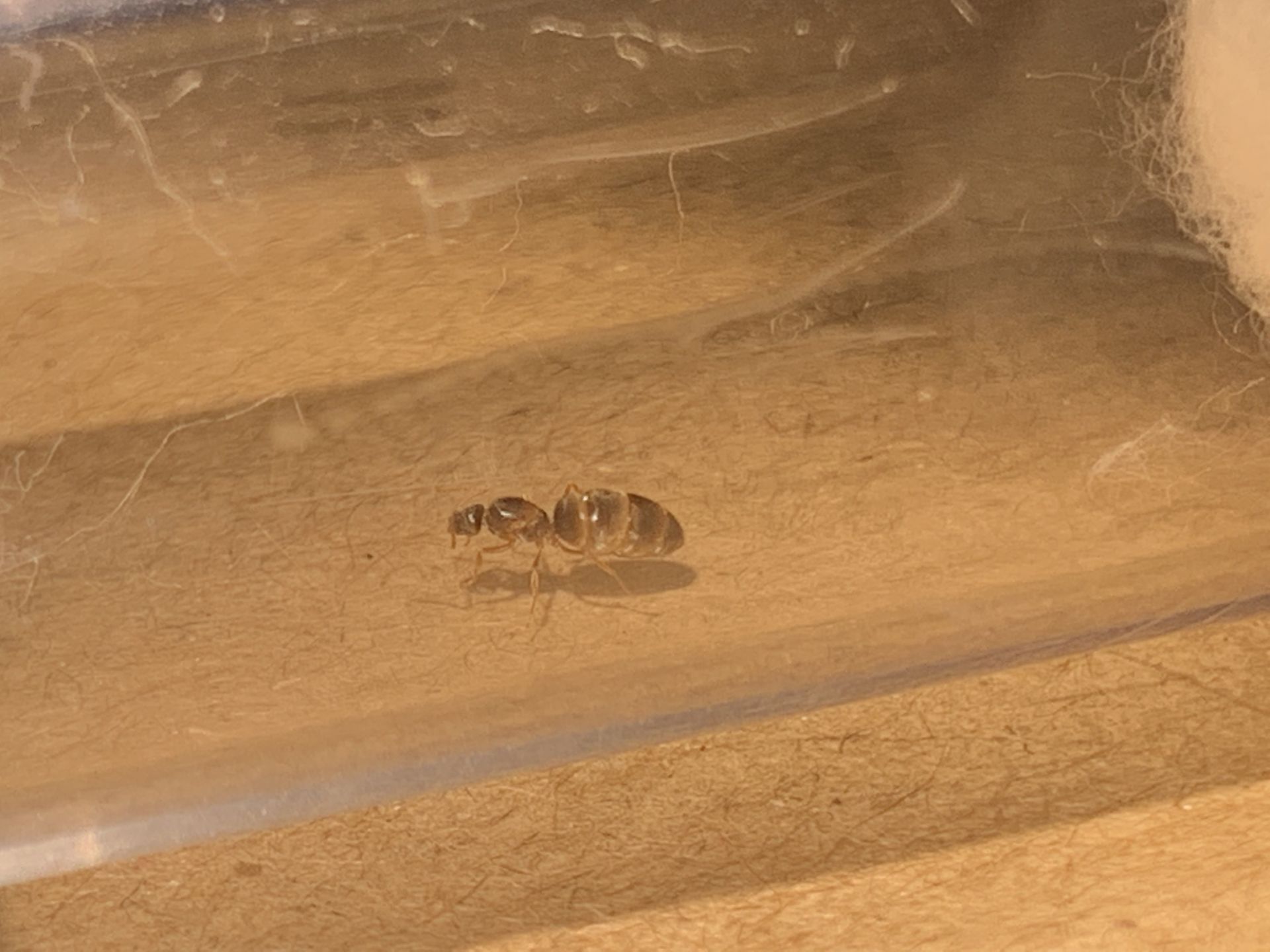Hi all, Lasius emarginatus is widespread throughout Europe, but received a lot of media attention starting ~5 years ago for its appearance on Manhattan island in NYC. Much of the media coverage of course misrepresented the scientific information, and purported it to be a new, unique species to Manhattan and gave it several cute nicknames like the "Manhattant". It is not a unique species but the real hype was that it was a newly discovered in NA within NYC, and within a few years of its first reports it became one of the most common species in the city.
As a working gardener in NYC, I encounter this species daily. I love them. They are full of energy, are speedy, and have a distinct look of a red midsection with black gaster and head. I've even noticed they have crossed the rivers and are quite common in other boroughs of NYC. But unfortunately most of the online resources I have found have very little information on this species. I would really really love to start a colony of theirs. As far as I know I haven't seen any queens/alates, even though I encounter workers as often as Tetramorium sp. in the concrete jungle.
Does any one in NYC, other parts of NA, or in their native Europe have any personal experience with this species? They have so much energy and from what I've observed of the colonies that I've unfortunately had to massively disturb, they are fast growing. As a newly naturalized species, I'll report any flights that I do find from them. Perhaps their mating reflects similar to other Lasius sp? I am a new anter, so would love any insight on that. Thanks!




















![UA's Lasius latipes [Discontinued] - last post by UtahAnts](https://www.formiculture.com/uploads/profile/photo-thumb-5683.jpg?_r=1633467752)


